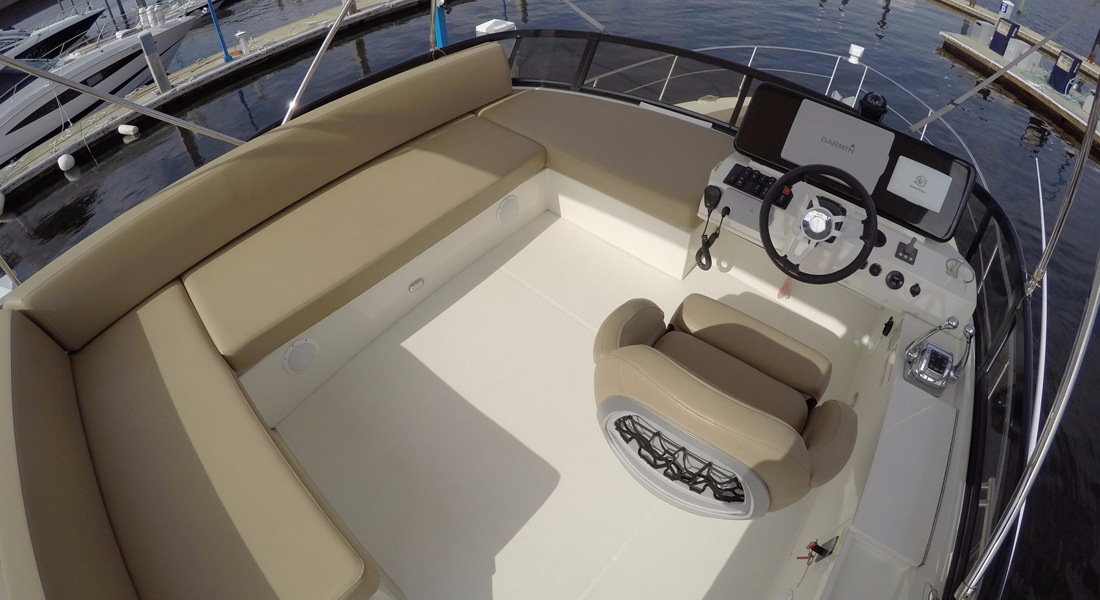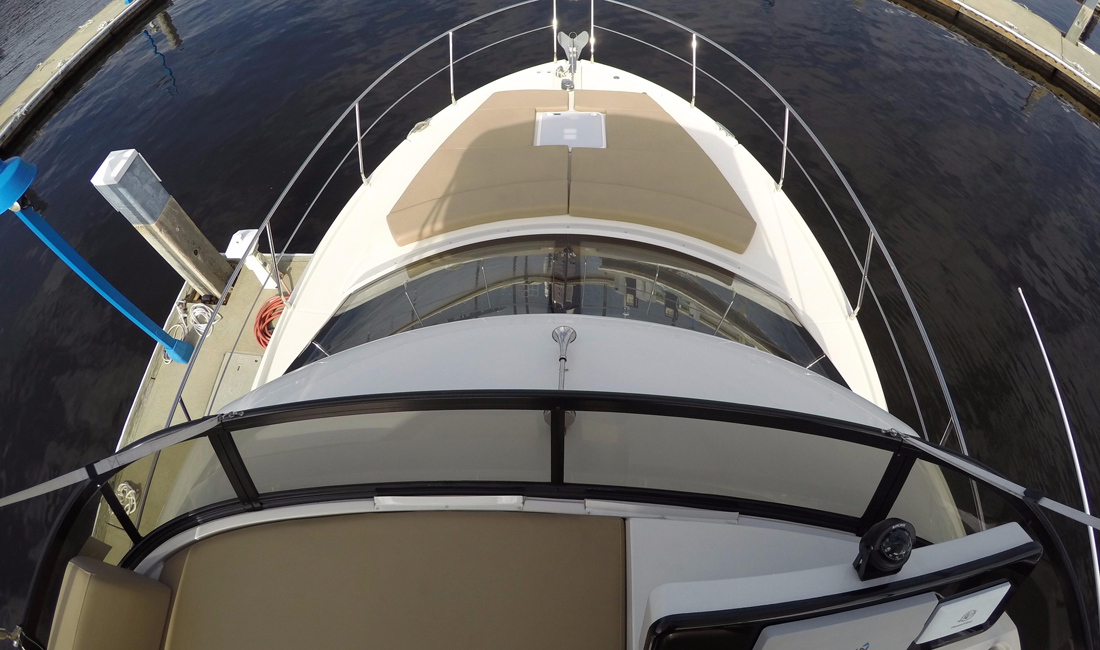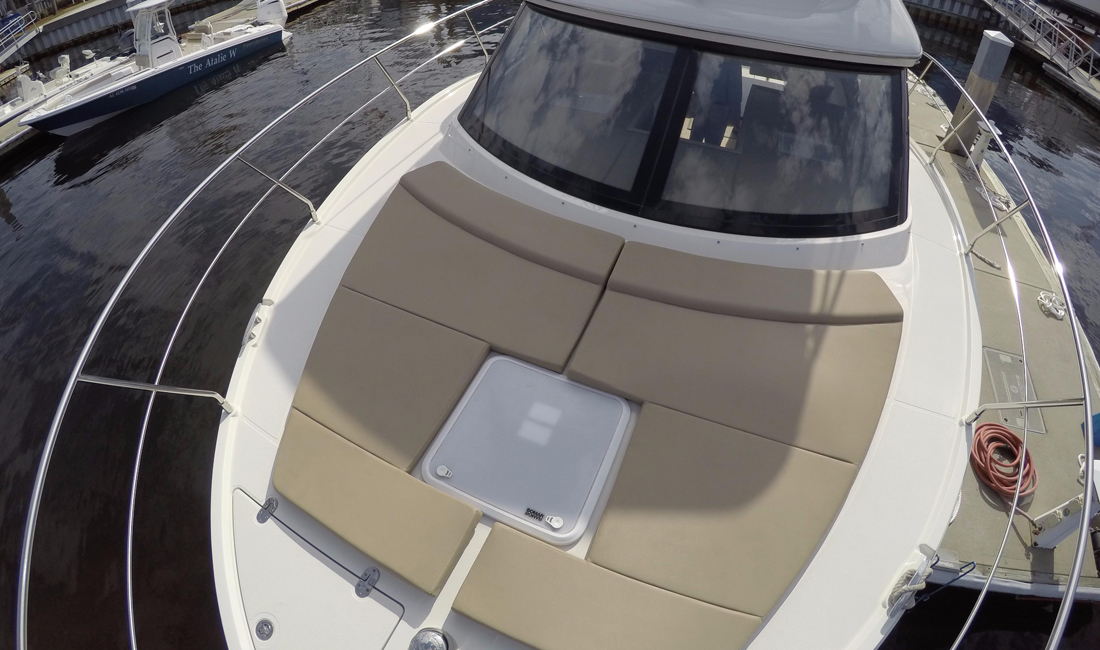- Alaskan Yachts
- Azimut Yachts
- Back Cove Yachts
- Beneteau Yachts
- Benetti Superyachts
- Bertram Yachts
- Boston Whaler
- Broward Yachts
- Buddy Davis Sportfish
- Burger Yachts
- Cabo Yachts
- Catamarans
- Carver Motoryachts
- Center Console
- Chris-Craft Yachts
- Cruisers Yachts
- DeFever Trawlers
- Dufour Sailboats
- Fairline Yachts
- Feadship Yachts
- Ferretti Yachts
- Formula Yachts
- Fountaine Pajot Cats
- Grady-White
- Grand Banks Trawlers
- Hargrave Yachts
- Hatteras Yachts
- Hinckley Picnic Boats
- Horizon Yachts
- Hydra-Sports
- Intrepid Boats
- Jarrett Bay Sportfish
- Jeanneau Yachts
- Kadey-Krogen Trawlers
- Lazzara Yachts
- Lekker Boats
- Luhrs Sportfish
- Marlow Yachts
- Maritimo Yachts
- Marquis Yachts
- McKinna Motoryachts
- Meridian Yachts
- Midnight Express
- MJM Yachts
- Mochi Craft
- Neptunus Motoryachts
- Nordhavn Trawlers
- Nordic Tugs
- Numarine Yachts
- Ocean Alexander Yachts
- Offshore Yachts
- Outer Reef
- Oyster Sailing Yachts
- Pacific Mariner Yachts
- Palmer Johnson Yachts
Carver C34 Yacht Test Walkthrough Video
March 30, 2017 10:05 am
Join us as BoatTest.com takes us on a sea trial of the 2013 Carver C34 motoryacht:
The following opinions are solely those of BoatTest.com and its test captain.
The design team at Carver started with a clean slate when they came up with a value-priced family-oriented boat in this C34. Today I’m going to put it through a full sea trial and see how they have done. For BoatTest.com, I’m Capt. Steve Larivee.
The C34 we tested had a single helm on the flying bridge. And before we move to our test numbers, let’s take a look. Carver went with a starboard mounted pod style helm, an optional 12-inch C-series nav display is taking center position, a vessel view display is to the right, VHF is to the left.
Rocker switches are below and include trim tabs. The horn is separated by its red color. The wheel is mounted to a tilt base. The spotlight and bow thruster controls adjust to the right, and I’m always a fan of Merc’s digital engine controls with its hoist of optional features and high sticks that are so easy to reach. The seat is a wraparound pocket style, well-padded; it swivels, slides and includes a flip-up bolster. So let’s get underway.

The Carver C34 has a length overall of 35 feet 6 inches, a beam of 13 feet and a draft of 3 feet 6 inches. With an empty weight of 16,500 lbs., full fuel and 2 people onboard, we had a test weight of 18,420 lbs.
With a pair of 300 horsepower, 5.7 liter Mercruiser engines turning 20 x 21, 3-bladed props, we reached the top speed at 4660 RPM at 30 miles per hour. At that speed fuel burn was 45.3 gallons per hour, giving us a range of 149 miles.
Carver’s testing, however tested this boat with a pair of Acme propellers with number 3 cups and reached the top RPM of 4830 with a reported top speed of 32.1 miles per hour with a 45.3 gallon per hour fuel burn, and I have little doubt that they are able to achieve that.
Best cruise came in at 4,000 RPM and 24.1 miles per hour. At that speed, fuel burn was reduced to 31.15 gallons per hour, giving us a range of 174 miles and an endurance of 7 hours and 12 minutes. For shorter runs, most will probably cruise her at 3650 RPM and 20.4 miles per hour, where she produced a comfortable ride and 27.2 gallon per hour fuel burn.
The C34 can keep that speed up for 169 miles and 8 hours and 18 minutes. We reached planing speed in 6.4 seconds and accelerated through 20 miles per hour and 5.9 seconds. As for her handling, the one-word description has to be “solid.”
On acceleration she exhibits the standard 12-degree bow high attitude and settles into a 5-degree bow high cruise attitude. She rose 12 degrees into the turn and responds extremely well to the helm. With a plumb bow and narrow entry, she slices through seas nicely, and while I did manage to take on spray, I still wouldn’t characterize her as a wet boat. I would however like to see the forward wind screen made a little higher. It was a pretty windy test day, all blowing in my face instead of over my head.

At the dock, I was able to bring her into the slip against the stiff crosswind without even needing the bow thruster at all. Now let’s take a look at the engine room, which is accessed through a hatch in the cockpit.
One thing that comes to my attention is how easily serviceable this engine compartment is. There is nothing that is not within reach of an owner-operator. Battery switches, batteries, battery charger, generator, running gear – all easily serviceable.
The counter-rotating engines have the surface checkpoints at the center walkway. Each engine is connected to its own electrical and fuel system, which provides a comfortable measure of redundancy. There are even separate battery chargers. All wire runs are properly supported. Carver went with a 7.5 kW genset and a separate sound shield to power the AC system,s including the optional 16,000 BTU air conditioner.
The fire suppression system is standard. Everything is properly double clamped and grounded. The V-drive transmissions are equally easy to reach and service. Back topside the DC power panel is just inside the salon door, and it includes the system’s battery switch. The AC panel is just ahead of the galley.
Let’s move forward and check out the ground tackle. Well, Carver did a great job with these wide side decks. Rail height meets ABYC standards. Double stainless steel rails instead of the typical lifeline. The entire bow is treated with non-skid.

Fully forward, an optional remote control spotlight, optional windlass. A hatch right next to it allows you to access underneath for managing tangles. And there’s also an optional freshwater faucet to wash down the anchor, and chain and the compartment self-draining.
The C34 has a nearly plumb bow, which has a bit of a retro look. And protection from the anchors from a large stainless scuff plate. Carver was aiming for value pricing and family friendly with a 34 and hit the target and handling and performance with that aim.
I found it to be not only a whole new look for Carver, but a whole lot of fun to drive. That’s my full test of the all new C34 from Carver Yachts. For BoatTest.com, I’m Capt. Steve. We’ll see you on the water.






